Artificial sapphires: what is it and how is it obtained?
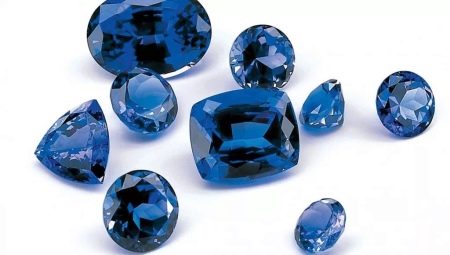
Synthetic sapphires are widespread in the jewelry market. Natural stone is considered precious and has a high price tag. The alternative option also looks noble in the products, and in terms of aesthetic characteristics it is not much inferior to the first option.
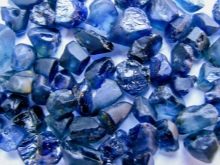
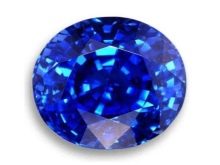
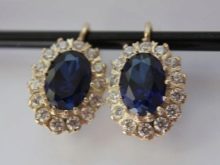
What it is?
A natural gem is formed in a specific environment for millions of years. The price for it is sky-high, but the demand is still good.
Natural minerals are formed in the earth's crust due to some geological operations that are linked in time and space.
Water, high temperature and powerful pressure form ore veins. They serve as places of accumulations of various crystals.... Sapphire deposits also contain liquid gases that have been circulating in confined spaces for many years.
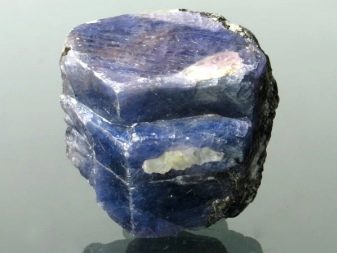
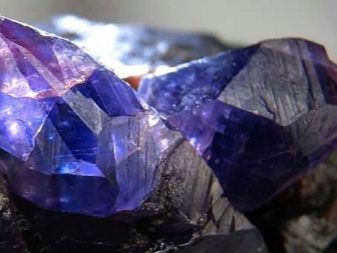
Scientists have recreated natural conditions in laboratories for creating nanominerals. But for a grown crystal to be of a decent size, it takes several months. Nano sapphires grow faster and therefore are cheaper than their natural counterparts. The cost of artificial stones is lower, but not enough to compare them with ordinary glass. The purity and color depth of artificial crystals is better than that of genuine minerals. Hydrothermal sapphire does not require additional refinement, as a stone with genuine properties. These methods, by the way, are expensive and require additional investment.
Artificial sapphire is a kind of corundum. It is also the basis for rubies and emeralds. The blue color of sapphires comes from titanium and iron. Heated beryl also participates in the synthesis. Taking into account the production conditions, it can be said that synthetic stone is not grown, but boiled. At the base of one of the mixtures is alumina, which looks like an ordinary white substance. It will turn into sapphire only at a temperature of 2200 degrees Celsius. The crystallization rate of artificial sapphires is 4 mm per hour. Large crystals take a long time. Subsequently, if necessary, they are cut into pieces and processed, making them look like natural deposits.
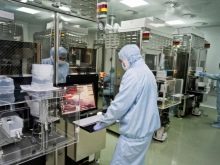
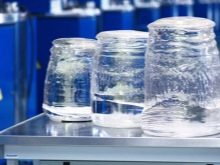

Synthetic sapphire production
The basic method for producing artificial crystals requires a special Verneuil oven. It has been in use for decades. In this method, alumina is melted in the flame of a hydrogen-oxygen burner. Liquid drops are made in a Verneuil oven. Upon gradual cooling, they form a crystal. In addition to sapphire, this technology is also suitable for the production of ruby and other precious stones. The difference lies in the addition of impurities of various metal oxides, which give a suitable color.
The technology invented at the beginning of the 20th century is still in use today. It has undergone only minor changes, allowing the process to be expanded to the conditions of large-scale production.
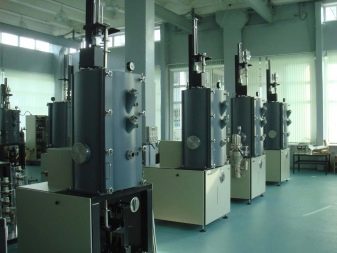
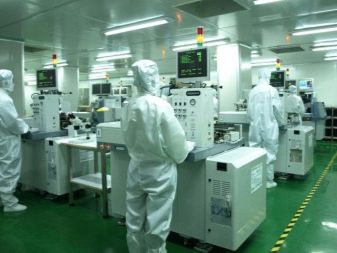
The ubiquitous dissemination of technology began around 1932, and especially intensified during the Second World War. During production, a mixture of raw materials with specified physical and chemical properties is used. Homogeneous components loaded into the unit are called "charge".
The size of microparticles in the composition of the charge is from 1 to 20 microns. A portion of the powder is poured into the hopper, which has holes. Through them, substances enter the furnace, where hydrogen is burned. The charge is melted and the seed crystal grows. The seed container rotates for uniform growth and warming. As it grows, the seed is at the bottom, and the top is converted to faces.
The shape in which the charge is located resembles an expanding cone. Depending on the consumption of the base material, long crystals are obtained in it. In addition to the flow rate, parameters such as gas supply and rotation speed, and the quality of heating are important. The method has characteristic advantages:
- the ability to control crystal growth visually;
- combustion temperature is automatically regulated;
- there are no fluxes and expensive crucibles in the finished material.
Disadvantages of the method:
- internal stresses appear in the crystal due to the high temperature;
- due to violation of the system rules during the preparation of the charge, volatile substances can evaporate, and subsequent restoration of the process is impossible.

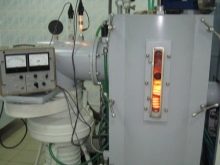

Processing after growing
The resulting shape and size of the crystals usually do not correspond much to the parameters of the parts being manufactured. Therefore, material handling is almost always necessary. No conventional turning, milling or drilling machines are used for machining. Products are fragile, so only abrasives are possible in the work. Diamond discs or grinders, suspensions or special pastes can be used.
Typically, the abrasive particles are pressed into the surface of the workpiece. Microcracks are formed in it, which move inward during the process. Further actions lead to obtaining a whole network of cracks. They close together, causing chipping of individual areas. They are removed layer by layer from the surface, giving the product the desired shape.

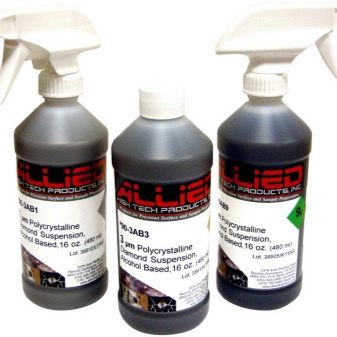
Abrasive materials intended for processing are not in vain separated by hardness.
Abrasive ability depends on this property, which is expressed by mechanical or chemical resistance.
Experts select the desired abrasive according to the Mohs mineralogical scale. According to the fundamental differences in minerals, diamond corresponds to the tenth class, and corundum - the ninth. For processing sapphires, special grinders or suspensions are suitable.
Grinders are cast iron, glass, steel, copper or brass parts with abrasive micro-powders. The granularity of micropowders can be from M14 to M5. After grinding the grown crystal, it needs polishing. For this process, an abrasive slurry is selected, which is rubbed into the surface until it is completely evenly distributed. Polishing is carried out in two stages, for which different abrasives with coarse or fine grain size are selected.
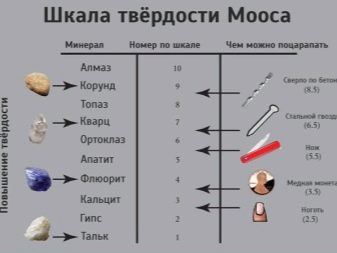
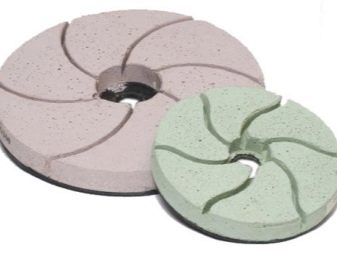
How is it different from natural?
Artificial corundum, like natural sediment, is blue or dark blue. The laboratory counterpart is a popular imitation, which can be difficult to distinguish. Experts grow a synthetic product without chips or damage, and jewelers like this quality. You can check the product by external indicators:
- the artificial mineral has a more flawless and pure shade;
- there are practically no internal defects in it;
- if there are liquid formations, then they are correctly spherical, while in natural sediment there are practically none;
- if we look very carefully at genuine and synthetic sapphires, they can be distinguished precisely by their qualitative characteristics, and natural stones necessarily contain various natural inclusions that are not in a laboratory stone.
Moreover, the chemical and physical properties of both species are completely similar. Experts distinguish between the nuances that are hidden in the wrong growth structure. The hardness of a genuine and laboratory stone is different.
To test a sapphire-like stone, you need special equipment, for example, a refractometer, which measures the parameters of light refraction.
Genuine minerals give out 1,762 - 1,778.
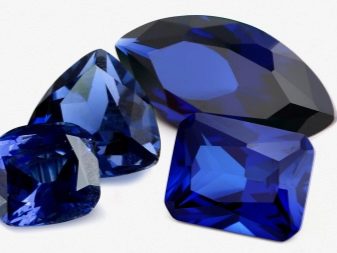

Another method involves the use of a special liquid. Monobromnaphthalene is placed in a container, which is set against a background of white paper. The visible curved stripes of color indicate the artificial origin of the stone. Shortwave ultraviolet light can also be applied. Under its influence, a real stone will not change color. A grown specimen will show a white or off-green glow. The glow can be red. It depends on the used impurities in the composition of the charge.
In connection with the development of technologies for growing artificial sapphires, it becomes difficult to distinguish them with improvised methods. Full conclusions can only be drawn by professionals who have the appropriate skills. Knowledge of certain properties of the stone can also help.
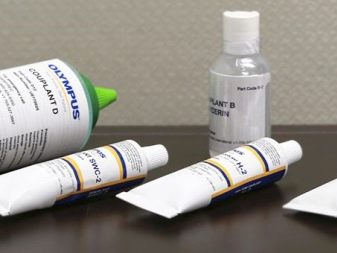
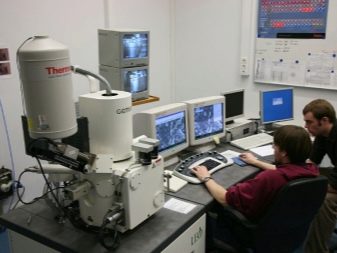
Properties
Artificial sapphire has the same intrinsic properties as natural stone. In addition to the jewelry industry, it is widely used in watchmaking or as a semiconductor material. All semiconductors are characterized by high sensitivity of electrophysical properties. Semiconductors are actively used in circuits for various equipment. Almost all modern integrated circuits contain semiconductor elements.
Crystalline substances have the ability to conduct electric current, but with temperature changes, the action of light rays, the presence of impurities of other substances. The fields of application of semiconductors are extensive: radio engineering, optical electronics. In alternative medicine, sapphire is known as an antidote against many toxic substances. Since ancient times, the healing qualities of sapphire have been used to gain pure thoughts, spiritual calmness and balance, to gain selflessness.
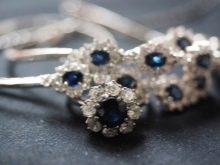

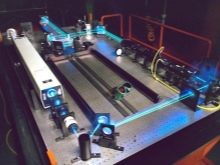
Choice and care
Cornflower blue sapphire is considered one of the most difficult stones for laboratory reproduction. The creation of this shade is impossible without careful professional training. The technical data must be followed exactly. Natural stone of this shade is found only in India. In this country, he is a ritual and ceremonial amulet.He is chosen for the treatment of heart failure, gaining psychological stability. If you keep the stone in the house, then prosperity will surely come, and leadership will come to the owner of the home. The most beautiful natural samples of sapphires are kept in special funds of such countries as:
- Thailand - 16 kg;
- Sri Lanka - 18 kg;
- USA - 15 kg.
In Russia, there is a cornflower blue sapphire produced in the 19th century, it is stored in the country's diamond fund. The stone is incredibly strong and durable. At home, sapphire jewelry requires additional care. Regular humidity, exposure to direct sunlight, dust are harmful to jewelry. Products can be refined by regular cleaning. Ordinary soap solutions or shower gels are suitable for soaking. The products used must then be washed off with cold water.
In jewelry stores, you can find special care products for precious stones. They are usually in the form of sprays or disposable wipes. The funds are expensive, so their use is liquid when jewelry is heavily soiled. Since sapphire rarely loses its original external luster, it is enough to use the usual household cleaning products that every housewife can find.
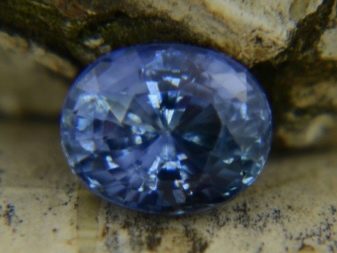
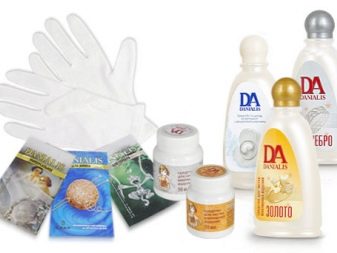
Watch the video to see how the artificial sapphires are grown.








